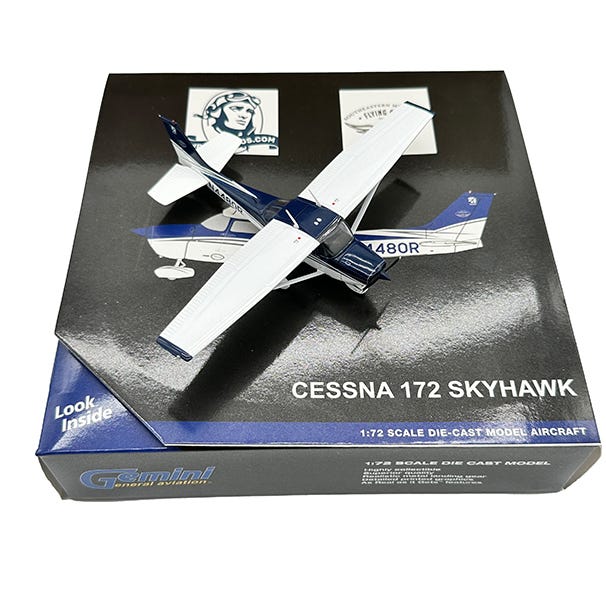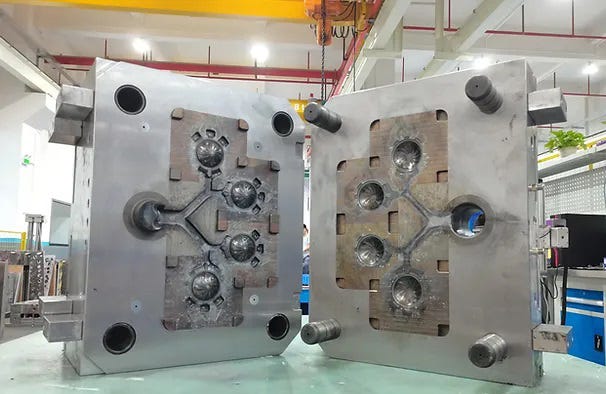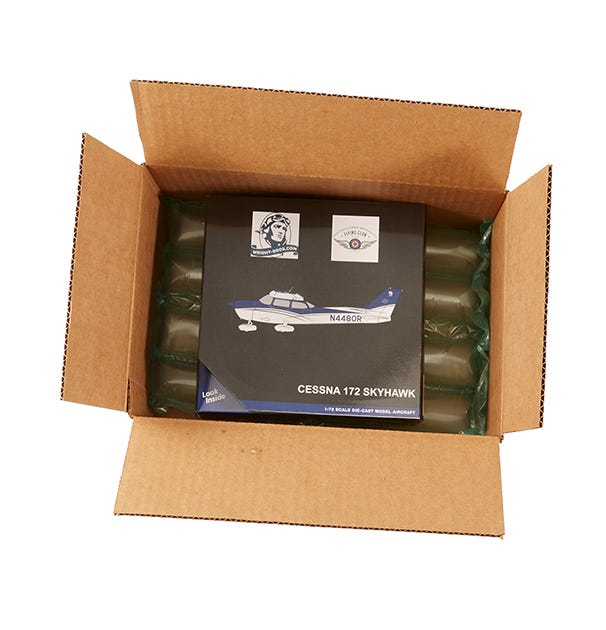Welcome to our blogpost on the basics of Die-Cast creation, highlighting the major steps and design
processes that occur before a model arrives at your doorstep.

Beginning the process is the task of brainstorming which model fits the desire of customer and
manufacturer alike. When the desired aircraft and paint scheme is selected, the die-cast creator will
reach out to the company that first designed the subject plane. It is then up to each party to agree on a
license and permit the creation of a product in this form, with adequate goals and requirements.

Ensuring the accuracy of each product is an important step in production, with dozens of documents,
pictures and graphing materials used as references. The goal is not to have a fictional aircraft, but rather
one that perfectly reflects its true counterpart and makes a good impression when taken out of the box.
Same applies to the physical design of the casting itself, with exact measurements derived from
blueprints supplied.

After the development processes are complete, the injection or “die-cast mold” is machined from solid
blocks of steel or similar material. Ports are drilled and aligned at individual points that allow an even
spread of metal, with mixtures such as copper, bronze, zinc, tin, magnesium, and aluminum. Advanced
techniques and steady machinery are important, as these molds cost tens or hundreds of thousands per
plane and will be used for hundreds or thousands of each limited-edition model.

Depending on the needs of scale or manufacture, individual resin or PVC pieces may be required to
complete the delicate design of each aircraft. Small antennas, wingtips, tails, and landing gear are often
targets of plastic design, allowing for higher accuracy than their metal counterparts and decent
resistance to impacts. They tend to flex rather than snap apart at first touch, allowing for a more
carefree handling and removal from the box.
On the exterior of each model is the livery, the final stage of production and the moment where they
come to life. Depending on the manufacturer, there will be waterslide or the superior alternative, pad-
printed decals. The latter option allows for a high-quality finish which resists fading over time, while also
having the benefit of an even, unbroken and streamlined surface with no ripples. Paint is carefully
applied with cast molds, minimizing overspray and reduced workload for machine or employee.

Once the model is cast and the livery is applied, they reach the packaging stage. Modern designs include
a plastic or foam insert that perfectly fits each aircraft, with thin sheets of paper and coverings in-
between the delicate paint to have a perfect aircraft at the end. On the outside, there may be detailed
images, inscriptions, and specifications, which designate the aircraft enclosed and its features. Finally,
the model is wrapped up with bubbles or paper inside a rigid cardboard box, ready for you to open!
